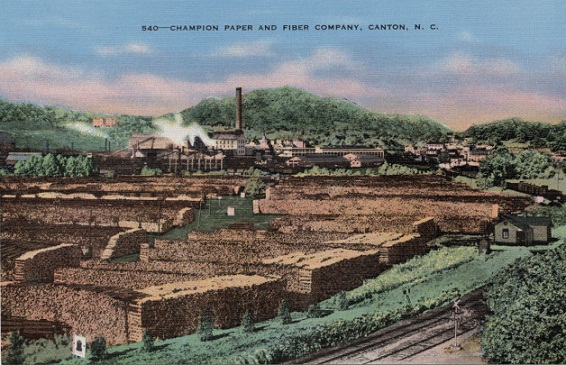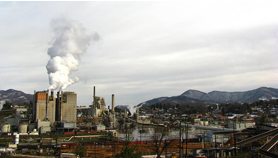
American manufacturing is undergoing organizational and technological shifts that are intended to improve its competitive position in global markets and these will have an impact on its location. An emphasis on just-in-time deliveries of materials and products tends to favor places that have excellent inter-city accessibility. Automated production, robotics and various high-tech industries play more to the strength of the U.S. economy than do traditional labor-intensive industries. These companies require a well educated labor force and good accessibility to national and global markets, whether via Interstate highways or air service.
Another major change that is occurring is the emergence of flexible manufacturing systems that depend heavily on computer-integrated processes. Production runs are smaller and the uncertainties of volume associated with this are shifted to subcontractors and suppliers. These small, specialized producers do similar work for many different customers, to the advantage of all. Inevitably this arrangement leads to a clustering of related industries, especially in metropolitan areas. In contrast, the rapid changes associated with developing technologies and markets put any plant that specializes in the making a single product or product line at considerable risk. “Flexible” plants are better prepared to weather the turmoil of uncertainty. This favors smaller, flexible operations, including those that are affiliated with corporate headquarters and research and development functions. Labor forces that are amenable to cross-training for a number of tasks also are advantageous. This kind of manufacturing tends to favor small, innovative firms that are involved in denser supplier/producer networks and where cooperation among related businesses is possible. These operations and the related, skilled jobs in research and development, innovation, marketing and finance tend to be located in the dominant urban regions.

These factors may make the current era rank with other major historical turning points in the state’s industrial history, comparable to the first and second cotton mill campaigns of the 1880s and 1920s and the boom of the post-World War II period. This new era promises a continuation of factory growth in and around larger metropolitan areas, especially in the more suburban parts where manufacturers can access central city advantages while avoiding their higher costs. Conversely, a progressively smaller share of industrial growth, especially in high growth, high wage industries, will be going to the more rural parts of the state, despite the use of state and local economic incentives to try and reverse this trend. Industrial employment in rural areas typically is associated with lower wages, fewer fringe benefits and less attractive working conditions than in urban areas. These workers have the skills needed only for routine, inflexible tasks. Mostly they work in branch plants where no decision-making or innovation takes place. All of these factors limit the plant’s ability to respond to rapid changes in technology and markets.
The seemingly inexorable growth of more desirable industries in metropolitan areas will result in a further widening of earnings gaps between their counties and the rest of the state. This, in turn, will erode the general pattern of geographic dispersion that has so strongly characterized the state throughout much of its history.